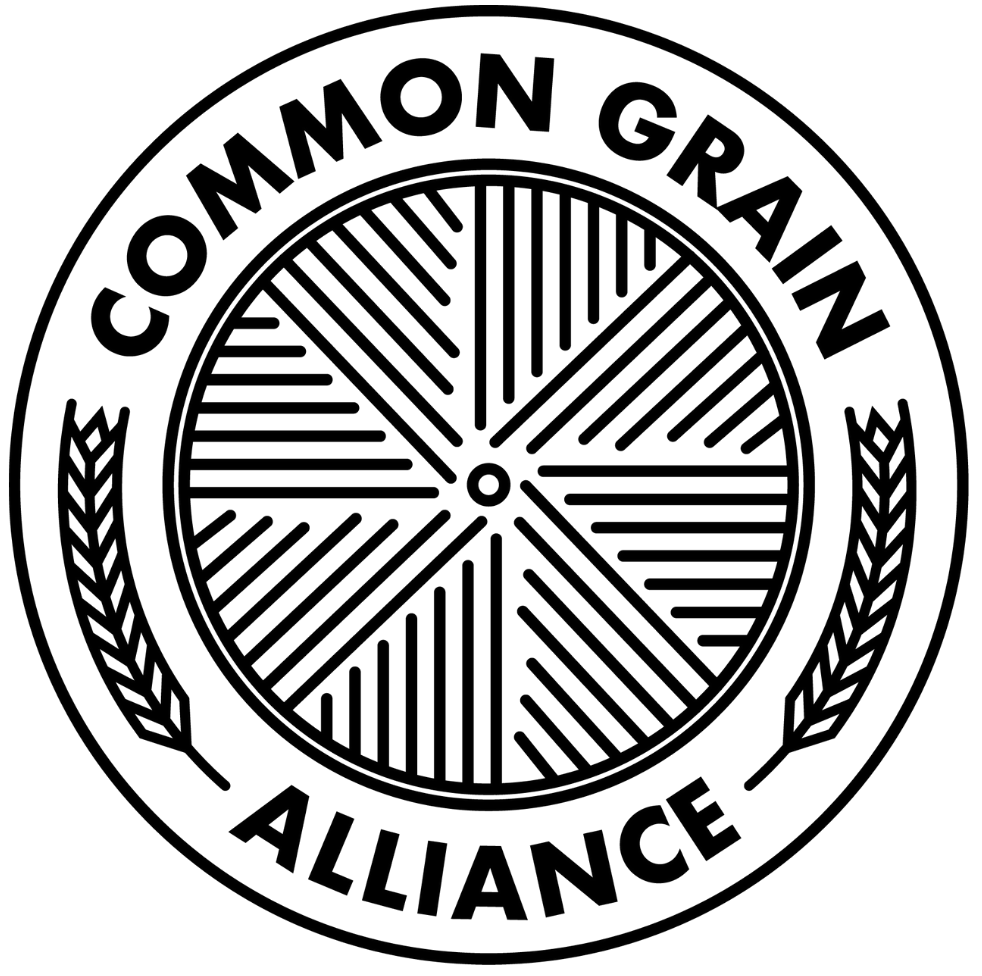What is ancient wheat, anyway?
Source: Sasun Bughdaryan from Unsplash
In my research on growing grain I occasionally come across an article that answers a bunch of questions for me. This one goes some distance clarifying two things–how should ancient wheat be defined, and why are the baking qualities so different between wheat and its older relatives? Lots of people have written about this, but I’m going to toss my hat in the ring anyway.
Wheat, barley, and oats were all domesticated about 10,500 years ago. We’ve all heard about how “ancient” wheats (like spelt, emmer, and einkorn) and “heritage” wheats are better than “modern” wheat (though the Kansas Wheat Commission disagrees). But this terminology is confusing, since both heritage and modern varieties of common wheat are the same species–Triticum aestivum L. hexaploid–which evolved about 9000 years ago while under cultivation by prehistoric farmers. That’s still pretty ancient. Spelt, emmer, and einkorn are, however, all ancestral to common wheat. So maybe “ancestral wheats” would be a more descriptive term. They differ from common wheat in both their agronomy and their baking qualities, which I’ll cover in future posts.
As I have discussed in a previous post, “modern” wheat can be defined as the dwarfed, industrialized varieties of common wheat that were bred under high Nitrogen during the Green Revolution, starting in 1969. Prior to that, varieties of wheat stood taller and, presumably, their larger root systems scavenged more Nitrogen from the soil. (When these varieties are grown under high Nitrogen, they lodge, or fall over.) For our purposes, we are going to call these taller varieties “heirloom” or “heritage” varieties; many of them are named, but what they have in common is that they are varieties of common wheat that were selected prior to 1969 and are tall. This terminology is itself imperfect, but it is in wide enough circulation to merit using it.
Notice that I’m using the term “common wheat”. I stole this from the German researchers in the paper I mentioned above as a way to talk about all of the wheat that we eat today, whether it is modern (post-1969) or heritage (pre-1969). I love this term because it does away with the implication that all the wheat we eat is a modern invention (it’s not) and instead focuses on its ubiquity and importance. (Some authors talk about “bread wheat”, but this ignores the softer varieties of common wheat that are best used for pastry and not bread.)
Within modern wheat, I distinguish “industrial” varieties from “artisanal” varieties–and if you have better terminology, let me know in the comments. Modern industrial varieties are what, I think, most people mean when they disparage “modern” wheat. But industrial varieties should be distinguished from modern artisanal varieties, which are bred for small and midsize farmers and artisanal applications, because they possess traits that make our work possible. These varieties often have production-related traits like standability and yields, which help make the crop profitable, sustainable traits like resistance to infections and pre-harvest sprouting, which reduce the need to use chemicals, and artisanal traits like nutrition, flavor, and baking qualities, which make them pleasurable to eat.
Speaking of baking, anyone who has tried to use spelt, emmer, durum, or einkorn wheats to make bread will have noticed how dramatically different they feel when made into dough. Next time, I’ll get to why “common” wheat got to be so common.
This material is based upon work that is supported by the National Institute of Food and Agriculture, U.S. Department of Agriculture, under award number 2019-38640-29878 through the Southern Sustainable Agriculture Research and Education program under subaward number LS20-327. USDA is an equal opportunity employer and service provider. Any opinions, findings, conclusions, or recommendations expressed in this publication are those of the author(s) and do not necessarily reflect the view of the U.S. Department of Agriculture.



